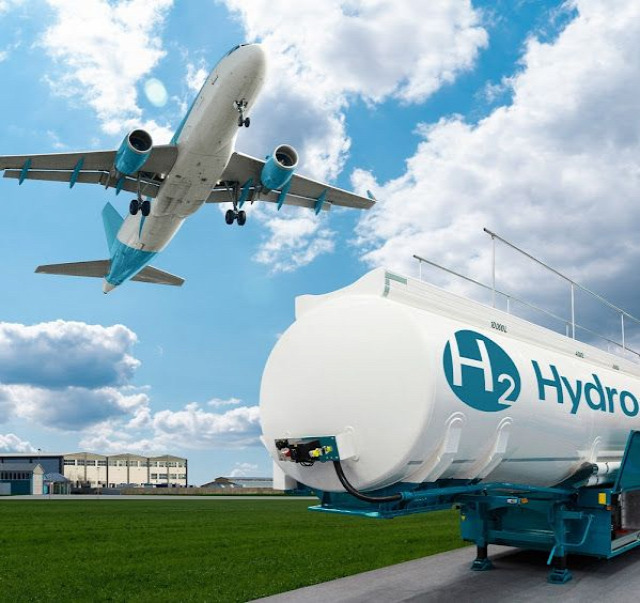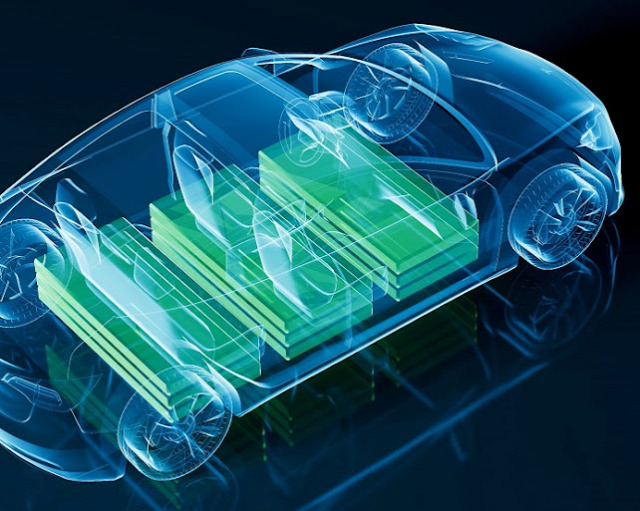
As environmental concerns have grown in recent years and the aviation industry has made a commitment to lowering its carbon footprint, the market for sustainable aviation fuel (SAF) has accelerated significantly. SAF provides a workable approach to reducing the environmental effect of aviation and decarbonizing air travel. This executive brief gives a general overview of the SAF market, emphasizing its development potential, major factors, difficulties, and noteworthy sector-operating companies.
The global sustainable aviation fuel market is estimated to reach $131.12 billion in 2033 from $0.66 billion in 2022, at a growth rate of 58.78% during the forecast period 2023-2033. With increased use by airlines, aircraft manufacturers, and governments throughout the world, the SAF market has experienced extraordinary development. Leading producers of advanced biofuels and renewable chemicals, including Gevo Inc., have been actively involved in the development and delivery of SAF. With the help of Gevo's cutting-edge technology, renewable feedstocks may be transformed into environment-friendly aviation fuel, helping to grow the market and cut greenhouse gas emissions.
Sustainable Aviation Fuel Market (by Technology)
The global sustainable aviation fuel market by manufacturing technology includes Fischer-Tropsch synthetic paraffinic kerosene (FT-SPK), hydroprocessed esters and fatty acids-synthetic paraffinic kerosene (HEFA-SPK), alcohol-to-jet synthetic paraffinic kerosene (ATJ-SPK), synthetic ISO-paraffin from fermented hydroprocessed sugar (HFS-SIP), and catalytic hydrothermolysis jet (CHJ).
Sustainable Aviation Fuel Market (by Application)
Based on application, the sustainable aviation fuel market is led by the commercial aviation segment, with a 78.64% share in 2023. Increasing environmental concerns and volatile jet fuel prices are expected to drive the growth of the sustainable aviation fuel market.
Given that commercial aviation contributes significantly to the world's greenhouse gas emissions, it is the greatest consumer of sustainable aviation fuel (SAF). The environmental effect of aviation has evolved into a critical issue as air travel continues to expand quickly. By lowering the carbon impact of airplanes, SAF provides a possible alternative. Commercial airlines have adopted SAF as a way to meet their sustainability objectives because they understand the urgent need to switch to greener fuels. The aviation industry is a great sector for promoting the demand for and supply of sustainable aviation fuel because it has the size and infrastructure to facilitate widespread SAF adoption. Commercial aviation contributes significantly to reducing climate change and promoting a more.
The sustainable aviation fuel industry works in a highly diversified regulatory framework, with different restrictions in different countries. Manufacturers must adhere to environmental laws and certifications particular to their business, such as Neste or Shell, to preserve their reputation in the market and win over customers. The continued demand from the commercial aviation sector, military aviation, business, and general aviation are projected to propel the sustainable aviation fuel market forward. The future of the market will be shaped by technological breakthroughs, changing consumer tastes, and strict regulations, offering possibilities and challenges for participants in the sector.
Experience Exponential Growth: Secure Your Free Sample Report and Dominate the Sustainable Aviation Fuel Market!
North America to Dominate Global Sustainable Aviation Fuel Market (by Region)
North America owing to a significant number of companies based in the region. North America’s growth is driven by various activities in the U.S. and Canada, as well as increased spending by commercial organizations such as Aemetis, Inc., Alder Fuels, Gevo, Inc., Fulcrum BioEnergy, Inc., and government key agencies.
Scope of the Study
The development of sustainable aviation fuel (SAF) began in the early 2000s when the aviation sector began looking at alternative fuels to lessen their impact on the environment. The initial focus was on investigating and creating biofuels made from renewable sources that might be utilized in place of conventional jet fuels. Virgin Atlantic carried out the first commercial flight ever in 2008 using a mixture of regular jet fuel and biofuel made from coconut and babassu oil. This accomplishment proved that SAF was feasible and encouraged more investigation and advancement in the area.
Additionally, the SAF market has made great progress over time because of technological development and rising environmental concerns. For the manufacturing of SAF, a few feedstock sources, including agricultural waste, algae, and spent cooking oil, have been investigated. Scaling up production and enhancing SAF availability have been made possible in large part by organizations such as Neste, a major manufacturer of the material. The development and deployment of SAF have increased recently as a result of partnerships between airlines, SAF manufacturers, and governments, with the purpose of lowering carbon emissions and reaching sustainability targets in the aviation sector.
Access Now: Get A Detailed Insights on Aerospace Market Research Reports
Competitive Landscape
The competitive landscape of the global sustainable aviation fuel market consists of several organic and inorganic strategies followed by the key players to increase their market share. The strategies include product innovations, contracts, partnerships, acquisitions, and business expansions, among others.
Some of the key players in the global sustainable aviation fuel market include Aemetis, Inc., Alder Fuels, Gevo, Inc., and Fulcrum BioEnergy, Inc, among others. These companies are aiming for a wide range of partnerships, collaborations, agreements, and contracts to expand their operations and increase their market presence globally to generate revenues and attract new customers.





